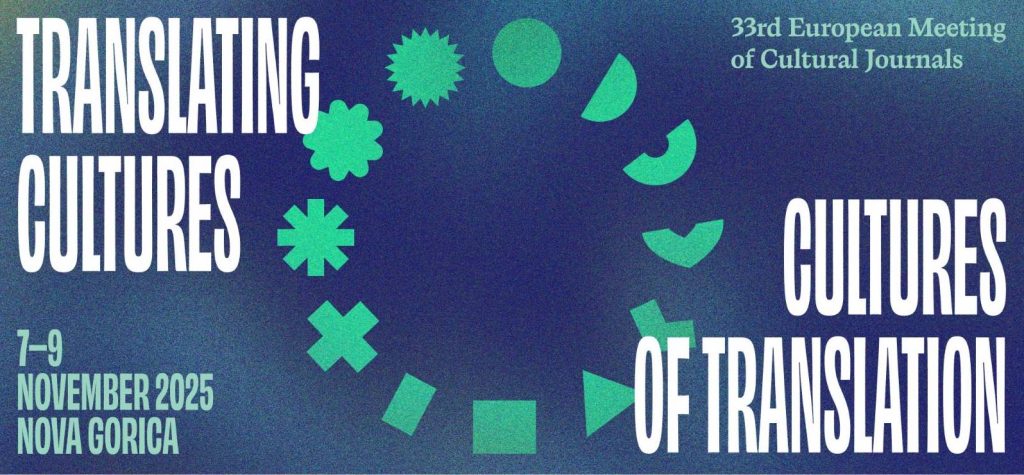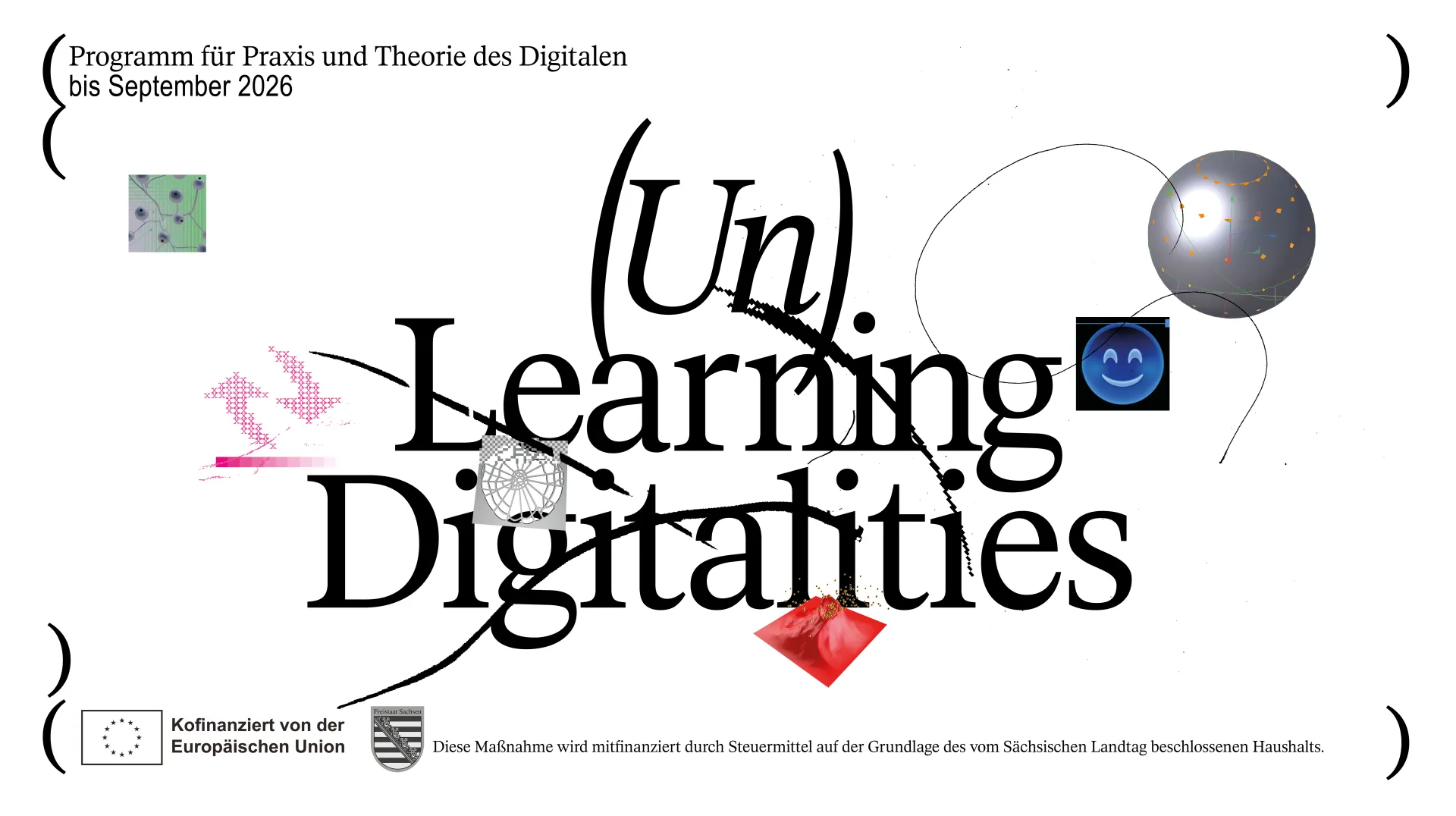Madeleine Berkhemer (1973-2019) was a Dutch artist whose work focused on themes of seduction and the female body. She attended the Willem de Kooning Academy from 1992 to 1996, where she earned a Bachelor's degree in Fashion. Berkhemer's oeuvre is diverse, spanning explicit erotic drawings, pin-up photos, marble sculptures, everyday objects, installations, collages, and artworks for outdoor spaces. Her alter egos, Milly-Molly-Mandy, formed the common thread in her work, which she used to explore the boundaries of herself and her art.
Berkhemer's time at the academy was crucial in shaping her artistic style, which she continued to develop throughout her career. Her former fashion tutor at the academy, Wil Adolfs, remarked that "Madeleine’s style has always been focused on the female body, and her own body was an important source of inspiration. It was feminine, elegant, with a fairly rough, robust edge. The chosen poses were such that the genitals were displayed.” Her graduation concept and vision revolved around female physicality, nudity versus clothing, and covering. She focused on the boundaries of clothing, marking sleeves by placing black elastics on the body where the boundaries of clothing lay. After graduation, these black elastics were sold in the museum shop of the Boijmans.
Berkhemer's work challenges the viewer to confront their own notions of beauty, sexuality, and desire. Her art is both thought-provoking and visually stunning, characterized by its authentic and experimental character. Although she passed away in 2019, her legacy as an influential and innovative artist continues to inspire and captivate audiences.
Madeleine and Annemieke van Wegen Delhaas, who also studied fashion at the academy between 1992 and 1996, immediately became best friends during their first day at the academy: “We met during the admission day, and directly matched. We became inseparable very quick and did everything together. We both were very ambitious and free spirited. We both studied fashion, but had a very conceptual and innovative approach. Madeleine was focused on the technical aspect of fashion and worked a lot with the concept of deconstructionism, where I was more focused on the strategic and essential aspects of fashion. We really complemented each other, on many levels.”
During her illness Madeleine founded the Madeleine Berkhemer Foundation with the objective to protect and promote her legacy. The foundation is currently in charge to unroll a manifestation to commemorate Madeleine's 50st year of birth. Annemieke has a supportive and advisory role around the foundation, emphasizing the importance of preserving the raw and authentic side of Berkhemer's work: “She really was an underground artist, and was a true pioneer in the time and field she operated in. This aspect is essential for her work, and must not be forgotten.”
As part of the manifestation a selection of Berkhemer's work is currently being exhibited in de Kunsthal in an exhibition titled “Body of Work". The exhibition showcases a selection of her works that explore themes of sensuality, erotics, and the female body. It pays tribute to Berkhemer's artistic talent and her ability to create works that, while created in a different period, are still relevant today. The exhibition challenges the viewer to think about the meaning of femininity, sexuality, censorship, and prudity within society. Visitors can view the exhibition until May 7th, 2023, and can obtain more information and tickets on the website of de Kunsthal.
Text and interviews by Julia de Roo.
Acknowledgements:
I would like to express my gratitude to the following individuals and organizations for their contributions to this article:
- The Madeleine Berkhemer Foundation for providing valuable information about their mission and work.
- Annemieke van Wegen Delhaas for sharing her insights and personal experiences with Madeleine Berkhemer.
- Wil Adolfs for offering her insight in the development of Berkhemer's artistic vision.
Without their input, this article would not have been possible. Thank you.

